How to increase FPS: Maximize Your PC’s FPS with Minimal Effort
Jul. 10, 2025 / Updated by Eloise to Windows 10
As a game lover, the importance of FPS for gaming experience wouldn't be ignored. Low FPS could lead to stuttering or lagging games, blurry graphics, video latency and etc. Especially for PC players, unlike console players with a more standard hardware configuration, there are variations existing among each computer's hardware, graphics card, and game drivers. To get a better gaming experience as well as a better FPS on your computer device, you can try these simple and useful tricks:
Tip 2: Optimize Your Game’s Settings
Tip 3: Update Your Graphics Card
Tip 4: Clean Up Your Disk Space
Tip 5: Close Any Unnecessary Programs or Processes
Tip 6: Lower Your Ping and Latency
Tip 1: Enable Game Mode
Game Mode is a feature in Windows 10 that can improve your gaming performance by optimizing your system resources and minimizing background activities.
Step 1: Press Windows+I to open Settings and select Gaming>Game Mode.
Step 2: On the right pane, toggle on the switch for Game Mode.
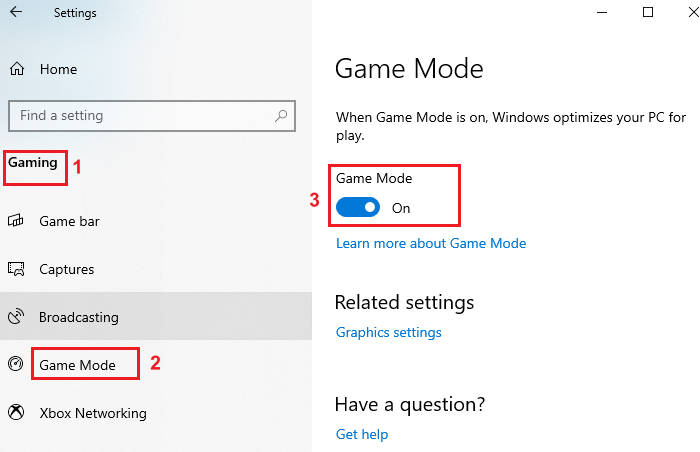
Tip 2: Optimize Your Game’s Settings
Another effective way to increase your FPS is to adjust the settings of your game to match your PC’s capabilities. Most games have options to change the resolution, graphics quality, anti-aliasing, texture filtering, shadows, lighting, and other visual effects. Generally, lowering these settings will improve your FPS, but you may also lose some detail and realism. Therefore, you should try to find a balance between performance and appearance that works for you. You can also use the in-game FPS counter to monitor your FPS and see how different settings affect it.
See alsoHow To Optimize Computer Game Performance On Windows 11
Tip 3: Update Your Graphics Card
One of the most common causes of low FPS is outdated or corrupted graphics drivers. These are the software that allow your PC to communicate with your graphics card and render the images on your screen. If they are not up to date or compatible with your system, they can cause performance issues and glitches. But it’s not an easy affair to tell whether your graphics driver is problematic. Thus, it’s better to have a reliable driver management tool like Driver Talent. It is capable of monitoring driver problems in real time and finding missing, outdated and corrupted drivers while providing you with the best solution. With Driver Talent, you don’t have to worry about finding and installing the right drivers for your PC, it will update drivers to the latest versions automatically.
Step 1: Launch Driver Talent and click on Scan to detect any driver problems.
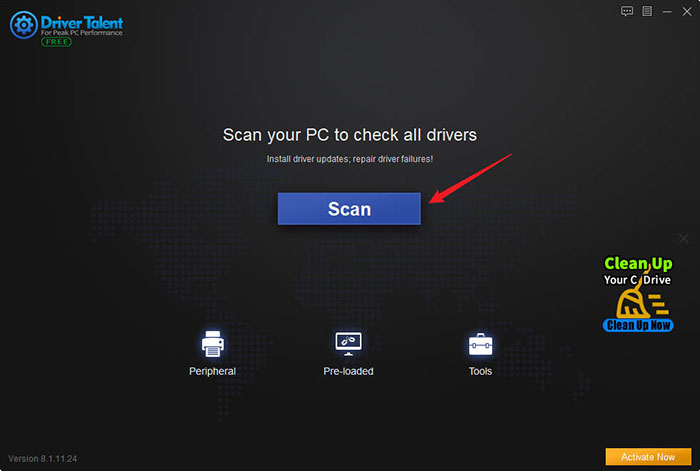
Step 2: Click on Update to download and install the latest graphics driver for your device.
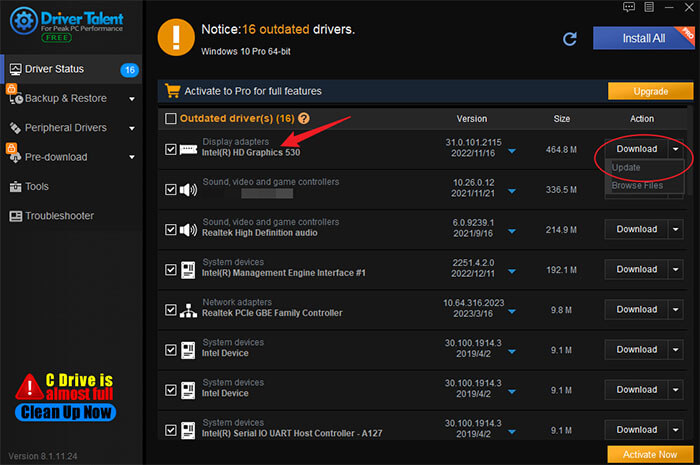
Step 3: Restart your computer to apply changes.
Tip 4: Clean Up Your Disk Space
Another factor that can affect your FPS is the amount of free space on your hard drive. If your disk is too full or fragmented, it can slow down your data access and loading times. To free up some disk space, you can do the following:
1. Delete any unnecessary files or programs that you don’t use anymore.
2. Empty your recycle bin and temporary files folder.
3. Uninstall any unwanted or unused applications or games.
4. Use the Disk Cleanup tool to remove any junk files or system files that you don’t need.

5. Defragment your hard drive or switch to an SSD for faster performance.
6. Clean up your system disk with Driver Talent.
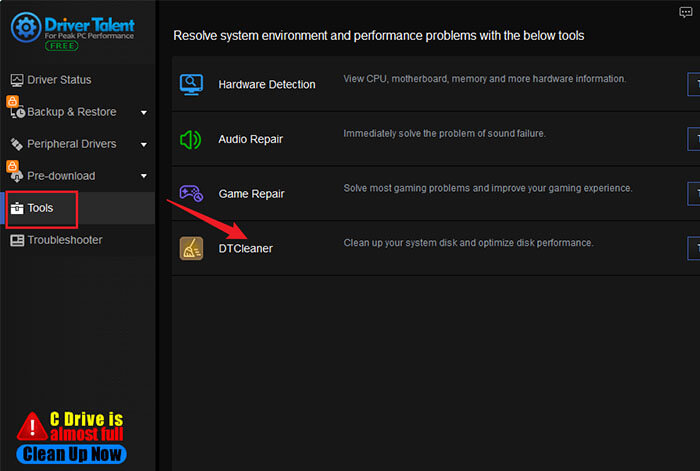
Tip 5: Close Any Unnecessary Programs or Processes
What’s more, close any programs or processes that are running in the background and consuming your CPU, RAM, or disk resources. These can interfere with your gaming performance and cause lag or stuttering. Here’s what you can do:
1. Use the Task Manager to see what is using up your system resources and end any tasks that are not essential for gaming.
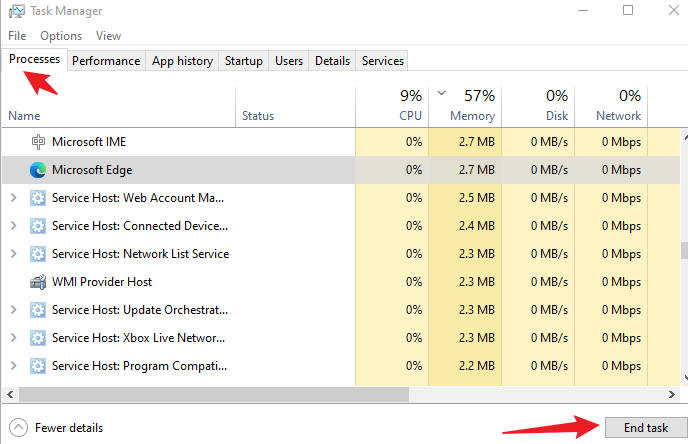
2. Disable any startup programs that you don’t need by launching the System Configuration tool.
3. Turn off any antivirus or firewall software that may be scanning your system while you are gaming.
4. Disable any notifications or pop-ups that may distract you or interrupt your game.
Tip 6: Lower Your Ping and Latency
Ping and latency are measures of how long it takes for data to travel between your PC and the game server. High ping and latency can cause lag, stuttering, rubber-banding, and other issues that affect your FPS and gameplay experience. To lower your ping and latency, you can try some of the following tips:
1. Use a wired connection instead of Wi-Fi.
2. Close any bandwidth-intensive programs or apps that may be running in the background, such as downloads, streaming, or torrents.
3. Use a VPN or a gaming proxy service to connect to a closer or less congested server.
4. Update your network drivers and firmware.
You may also like
Top 6 Tricks to Solve Diablo 4 Low FPS and FPS Drops on Windows PC
How to solve Video Lagging, Stuttering and Glitching on Windows 10

|
ExplorerMax |

|
Driver Talent for Network Card | |
| Smart and advanced file explorer tool for Windows platforms | Download & Install Network Drivers without Internet Connection | |||
| 30-day Free Trial | Free Download |







